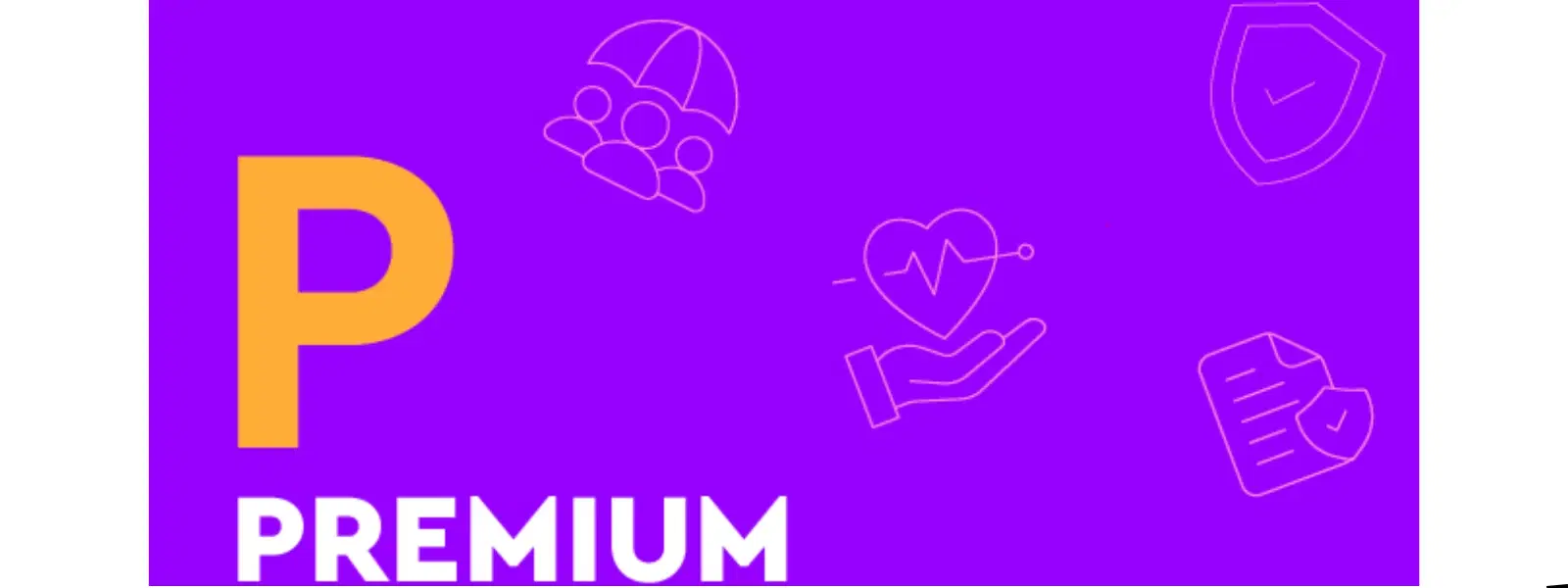
Insurance
•01 min read

Welcome to our brand-new series, A-Zs of Insurance. In this series, we will venture into the world of insurance to breakdown insurance jargon for you, so you’re empowered to make informed decisions about your financial security.
When talking about insurance, the term “premium” is the most common and obvious one that one may come across. But what does that mean?
In this article, we’ll be breaking it down for you, so that the next time you consider purchasing a policy, you know exactly what to expect.

Buying an insurance plan means entering into a binding agreement with the insurer. The insurer offers you coverage as per the T&Cs of your plan, in exchange for which you need to pay a fee. This is known as the premium.
The premium is the amount that you essentially pay for insurance protection. It’s typically a smaller amount that you pay to the insurance provider to ensure that you are covered during emergencies via your insurance to avoid out-of-pocket expenses. Your coverage will only remain active if you pay it at the specified intervals as per the policy documents.

The premium you need to pay is calculated based on different factors which vary across insurance products.
For example, if you want to buy term insurance, the premium will be based on your age, gender, lifestyle, medical history, type of occupation, income, and more. However, if you’re getting bike insurance, the premium will be calculated based on your bike’s age, the insured declared value you select, cubic capacity, your location, etc.
The entire premium you need to pay consists of the base premium, rider premium, taxes, and other charges (if any).
Your insurance policy’s premium can be paid both offline and online, ranging across options like cheques, cash payments, netbanking, credit cards, debit cards, UPI, and more. This can vary, depending on your insurance provider or agent.